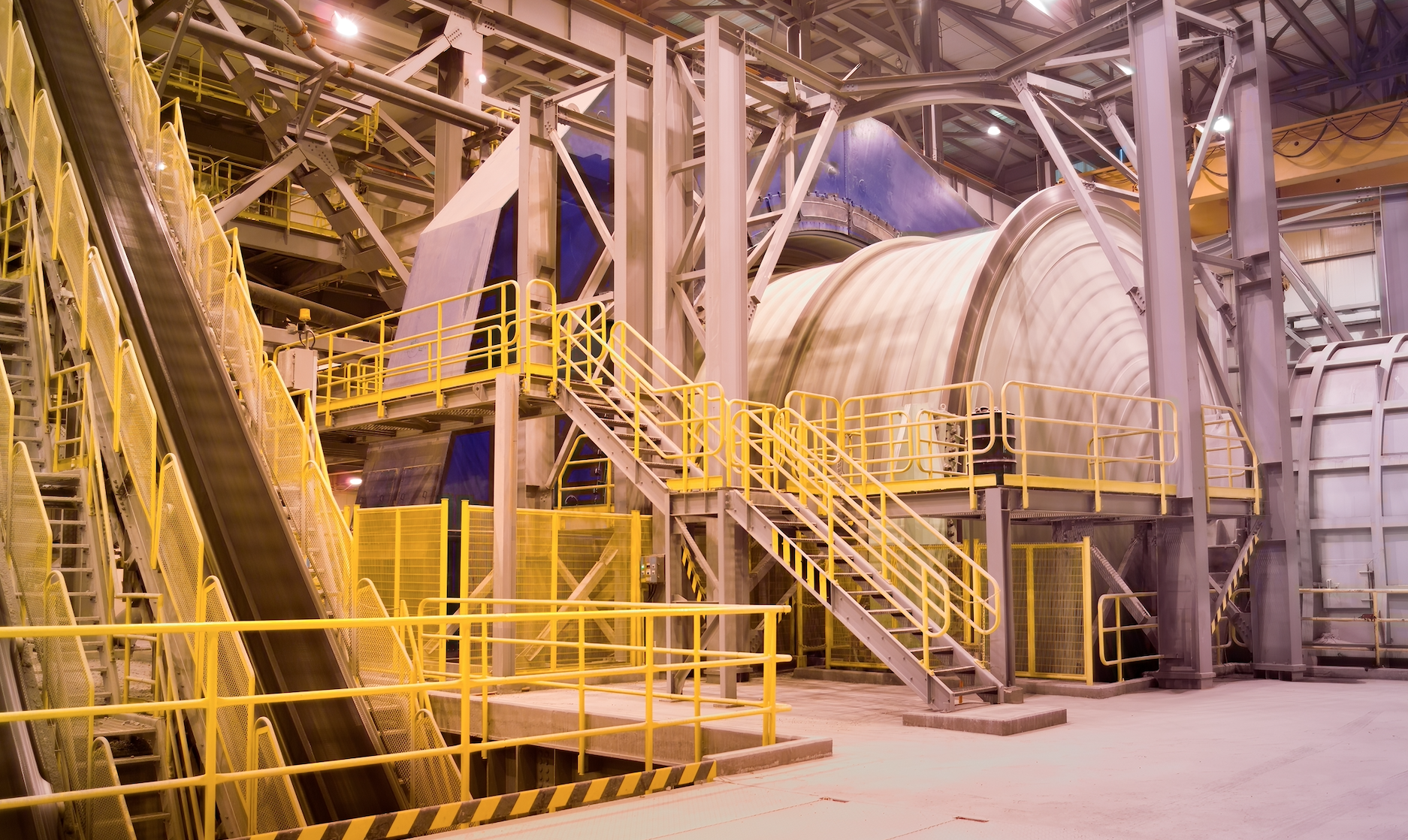Collahuasi copper mine in Chile (Anglo American 44%; Glencore 44%, Japan Collahuasi Resources BV 12%) recently reported its financial results for the year ending December 31, 2024. At year-end, the company recorded fine copper production of 558,611 t, slightly lower than in 2023 but in line with the projected mining plan for the year.
Considering this, combined with an average copper price of US$4.15/lb during 2024, 8% higher than the previous year, Collahuasi generated US$4,818.7 million in revenue from the sale of concentrate, including byproducts. Operational productivity reached 112.4 t of fine copper per worker per year, in line with budget.
Furthermore, a record 60 Mt/year processing plant was achieved as a result of the contribution of a fifth ball mill, which partially mitigated the effects of lower water availability and material quality. Though in the midst of an extremely dry year, the mine achieved a very high level of water use efficiency with a make-up of 0.44 m3/t.
The fifth ball mill investment has made it possible to increase plant capacity to 170,000 t/d in the initial phase, with a subsequent planned expansion to 210,000 t/d. Asset management has allowed the mine to maintain world-class operating uptime levels, reaching 95% on the three SABC grinding lines.
Since the fifth mill project has increased the mill’s grinding capacity, it was necessary to also optimise upstream processes, especially the ore conveying and crushing system. To this end, a digital twin of this system was developed with Siemens to better understand its variability and anticipate deviations.
The fifth ball mill project forms part of the mine’s Ujina Growth Project – a program of individual and sequential projects to organically increase the treatment capacity of the Ujina concentrator to the environmentally approved maximum of 210,000 t/d, with potential for further increases. It includes a new electrical room, six new Metso rougher flotation cells, a unit substation, and PG1 control system.
In 2024, Collahuasi’s C20+ project – which covers the development of its future desalination plant, electrical system, and pumping system – reached 86.6% overall completion, with plans to begin operations during the first half of 2026. The project will enable the transport of 1,050 litres per second of water through a 194 km pipeline, from Puerto Collahuasi to the mining site. Project collaboration partners include Techint, TecnoFast, and Acciona.
Collahuasi is also pressing ahead with other key technology projects, which include its mining truck automation program and trolley assist trucking pilot, for which details on both were included earlier in its 2023 Sustainability Report, released in August 2024.
With regard to the autonomy project, with this initiative, Collahuasi said it seeks to validate the potential value of the safe and productive use of autonomous truck technology in a real-world operating environment at Collahuasi. It is working closely with Komatsu on a joint operating model in the control room using the FrontRunner AHS, with the goal of ultimately operating the fleet for waste transport. The report cited that six autonomous trucks were being used in pilot testing, plus support equipment enabled to operate under these conditions. These are converted 320 ton class Komatsu 930E-4SE trucks. Anticipated benefits included safety improvements by reducing the number of incidents, efficiency and cost improvements by achieving a reduction in cost per tonne; and capturing operational learnings to achieve operational continuity. IM understands that seven autonomous test trucks are now running successfully.
The trolley project is aimed at assessing the potential of the technology to reduce Collahuasi’s emissions – the report estimates that 73% of the mine’s carbon emissions are from the haul truck fleet. The company estimates that trolley via reduction in diesel fuel consumption has the potential to bring a 52% reduction in carbon emissions at the mine (14.5 million t of CO2 reduction) via 22 km of trolley lines. Higher speeds on trolley is also estimated to bring an 18% reduction in cycle time, so fewer trucks for material moved. It is also expected to bring lower operating and maintenance costs through less asset wear.
For this project, Collahuasi is working with Liebherr on a pilot project involving a 1 km trolley test line in the Rosario open pit utilising four Liebherr 400 ton class T284 trucks to evaluate its performance and future scalability. This pilot project is ongoing and is being carried out by a multidisciplinary team from Collahuasi and is governed by the operation’s risk management cycle and enabled via a SERNAGEOMIN permit.
The post Collahuasi’s solid 2024 results plus growth & efficiency plans appeared first on International Mining.

